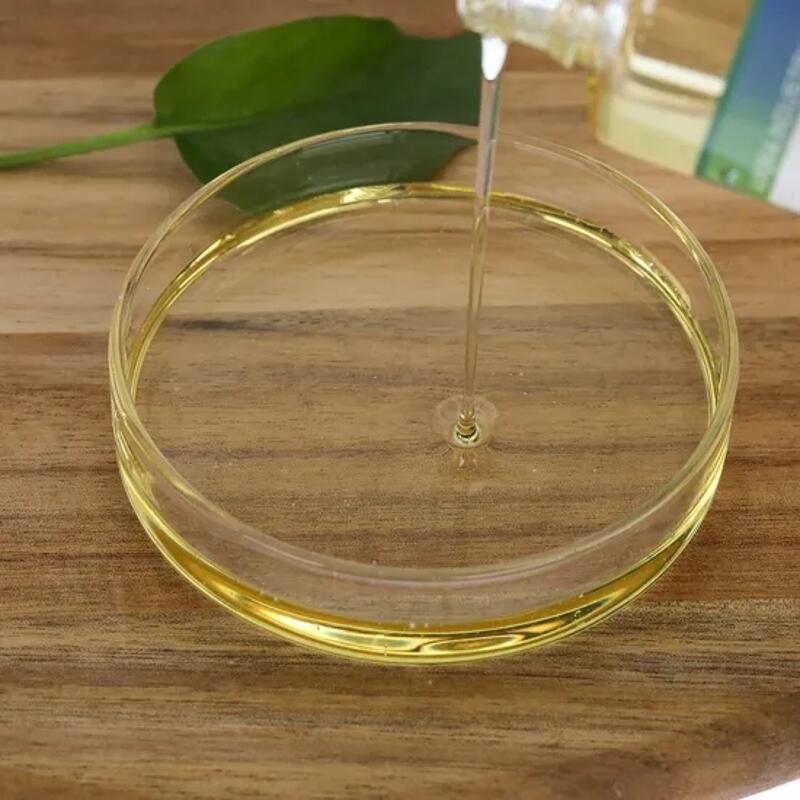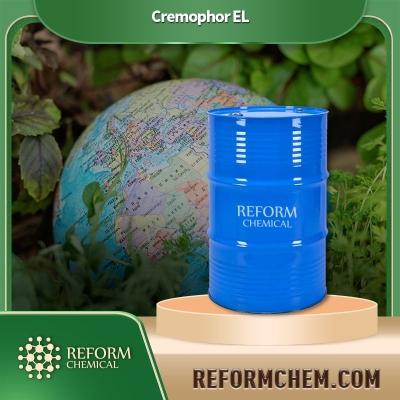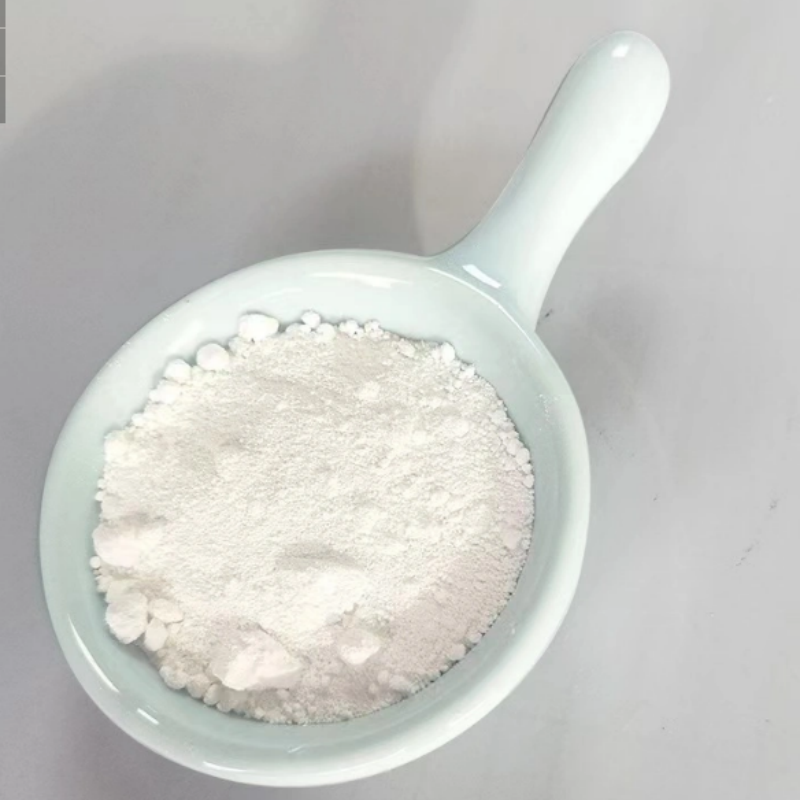The difference between emulsifier and surfactant
-
Last Update: 2018-03-28
-
Source: Internet
-
Author: User
Search more information of high quality chemicals, good prices and reliable suppliers, visit
www.echemi.com
Introduction: emulsifier and surfactant can be used in many fields What's the difference between emulsifier and surfactant? Is it harmful to eat emulsifier? You can learn about it together with Baibai safety net Food emulsifier is a kind of food additive which can change the complementary phase liquid into the homogeneous dispersed phase (emulsion) Adding a small amount of food emulsifier can significantly reduce the interfacial tension between oil and water, and produce emulsification effect Surfactant, known as "industrial monosodium glutamate", refers to the substance with fixed hydrophilic and lipophilic groups, which can be oriented on the surface of the solution and can significantly reduce the surface tension It is a large class of organic compounds, their properties are very special, the application is very flexible, extensive, has great practical value and theoretical significance Food emulsifier is a kind of surfactant What's the difference between emulsifier and surfactant? A brief introduction of Baibai safety net Surfactant is a kind of substance containing hydrophilic and hydrophobic bases Surfactant is a kind of substance with fixed hydrophilic and lipophilic groups, which can be oriented on the surface of the solution and make the surface tension drop significantly Emulsifier is just a kind of surfactant, or a kind of performance, emulsifier can also be used as penetrant Emulsifier is a kind of surfactant, which has the function of emulsification and other functions The main functions of surfactant are: stain removal, emulsification, solubilization, suspension aid, foaming and defoaming, sterilization and other surfactants According to the classification of uses, there are emulsifier, demulsifier, antistatic agent and detergent, foam stabilizer and defoamer , dispersant, etc These uses can be distinguished by the size of the HLB value Surfactants have a wide range, including emulsifiers The HLB value of surfactant is between 0-40, while the emulsifier is about 2-15, 2-8 is oil in water emulsifier, 9-15 is oil in water emulsifier The differences between emulsifiers and surfactants are briefly introduced Is it harmful to eat emulsifiers? In terms of safety, emulsifiers have already passed strict toxicological safety evaluation and are very safe They are not only used in China, but also widely used in the world However, the use of emulsifier should also be appropriate and not excessive Excessive use of emulsifier will also harm the intestinal function Therefore, we need to know more about food safety knowledge, and when in doubt, we must also timely go to the relevant departments for food safety detector detection Editor in charge: he xianrob
This article is an English version of an article which is originally in the Chinese language on echemi.com and is provided for information purposes only.
This website makes no representation or warranty of any kind, either expressed or implied, as to the accuracy, completeness ownership or reliability of
the article or any translations thereof. If you have any concerns or complaints relating to the article, please send an email, providing a detailed
description of the concern or complaint, to
service@echemi.com. A staff member will contact you within 5 working days. Once verified, infringing content
will be removed immediately.







